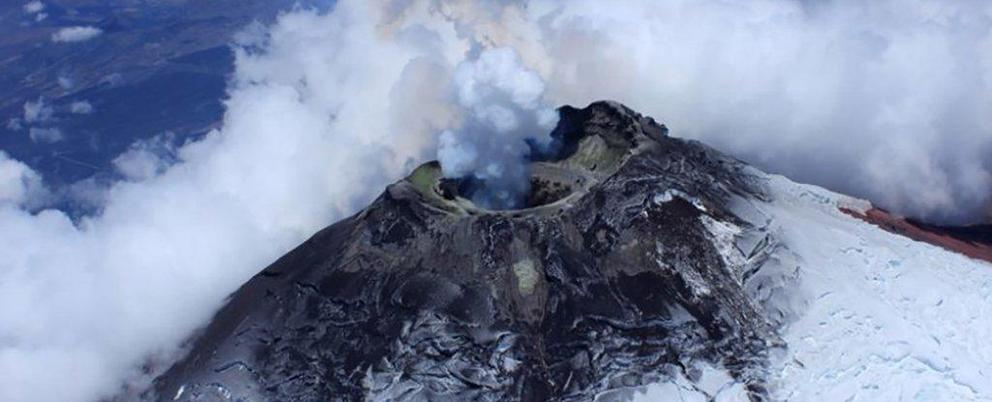Scientists are tapping into eerie 'volcano music' to predict future eruptions
We need all the info we can get.
The more we know about a volcano, the better we can predict when its next eruption will be. Now, scientists have come up with a new method of analysis, and the secret lies with an eerie phenomenon we can best describe as 'volcano music'.
The Cotopaxi volcano in central Ecuador has been pushing out sounds resembling those made by a pipe organ, and researchers think these reverberations could be crucial in anticipating future activity.
New infrasound recordings of Cotopaxi show the crater changed shape after a series of eruptions in 2015. Those seismic shifts mean that when the mountain rumbles, air is forced against the crater walls, because of its deep and narrow shape.
You can check out the sounds, modulated with white noise, in the video below:
"It's the largest organ pipe you've ever come across," says one of the researchers, volcanologist Jeff Johnson from Boise State University in Idaho.
"Understanding how each volcano speaks is vital to understanding what's going on. Once you realise how a volcano sounds, if there are changes to that sound, that leads us to think there are changes going on in the crater, and that causes us to pay attention."
Johnson and his colleagues found that the geometry of a crater can have a major impact on its 'voiceprint', or the unique sounds that it emits. If we can figure out how to interpret these sounds correctly, we can get insights into changes happening inside a volcano that would otherwise go undetected.
And this could be crucial in the monitoring of Cotopaxi – another serious eruption might melt the huge snowcap on top of the volcano, putting hundreds of thousands of people at risk from floods and mudflows.
While volcanoes can make some serious sound waves, most of the noise they emit is below the threshold of human hearing (about 20 Hz). That's where infrasound monitoring can come in – dedicated arrays of microphones picking up data that can be added to the usual seismic activity records.
Infrasound monitoring has been common practice for a while, but scientists are still trying to understand more about how specific sounds match specific events and volcano shapes.
What the researchers found through the course of 2016 were sounds they called "tornillos" (Spanish for screws): oscillating sound waves that looked like screwheads when charted.
"It's like opening a bar door that goes back and forth for a minute and a half," says Johnson. "It's a beautiful signal and amazing that the natural world is able to produce this type of oscillation."
The tornillos have now stopped, but sounds of such a low frequency and with this type of reverberation haven't been recorded in volcanoes before. They could point to a collapsed crater floor or an explosion at the bottom of the crater, the scientists think.
One of the key pieces of information that infrasound can help with is how close magma is to heating groundwater inside a volcano.
"It's really important for scientists to know how deep crater is, if the magma level is at the same depth and if it's interacting with the water table, which can create a significant hazard," says volcanologist David Fee from the University of Alaska Fairbanks, who wasn't involved in the latest study.
For the next stage of their research, the scientists wants to test their ideas at the active Kīlauea volcano in Hawaii. We know that the magma lake at the top of Kīlauea has been emptied by the recent activity – so the question is how its voiceprint has been affected.
The research has been published in Geophysical Research Letters.

